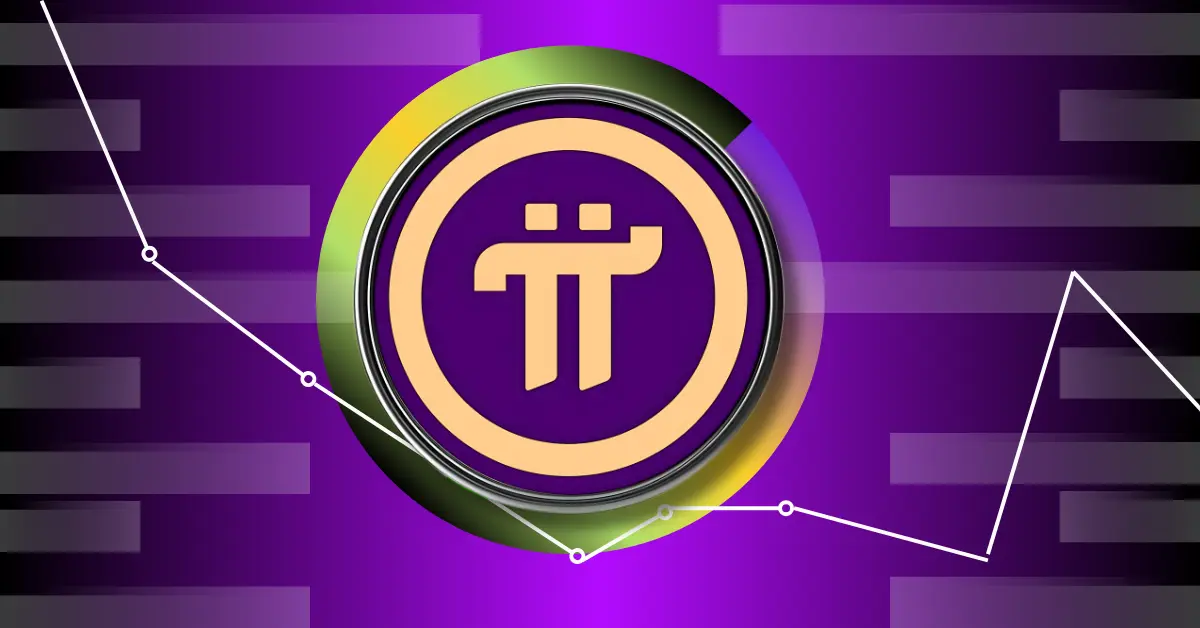The Shifting Sands of Pi Network: Whale Movements, Exchange Listings, and Community Debates
A Network Shrouded in Mystery
Pi Network, a cryptocurrency project designed to be mined on smartphones, has captivated the attention of millions worldwide. Its promise of accessibility and future utility has drawn in users, but the network remains in its enclosed mainnet phase, leaving the Pi coin largely untraggable. This limbo has fueled speculation and heightened sensitivity to any news surrounding its development and potential exchange listings. Recent activity, including significant whale movements and debates about liquidity and transparency, highlights the complex dynamics within the Pi Network ecosystem.
Whale Activity and Market Impact
The cryptocurrency world is no stranger to the influence of “whales”—large holders of a particular coin who can significantly impact market dynamics. In the case of Pi Network, recent whale activity has sparked considerable discussion and speculation.
Reports indicate that over 102 million Pi tokens were withdrawn from OKX, a platform that has listed Pi despite the ongoing enclosed mainnet phase. These movements, involving tens of millions of Pi coins at a time, have raised eyebrows and triggered debates about the potential impact on liquidity and price. For instance, a transfer of 70 million Pi coins from OKX coincided with a 25% price rally on the weekly chart, fueling excitement and speculation.
Crypto analyst Dr. Altcoin added to the intrigue by suggesting a potential Binance listing, although this remains unconfirmed. Further reports noted that 41 million Pi coins, valued at around $27 million, were transferred off exchanges in just two days, with 13 million of those coming from OKX. Later, another report specified that crypto whales purchased 20 million Pi Coins from OKX, valued at $14 million, moving them into private wallets.
These large-scale movements raise several questions: Are these whales accumulating Pi in anticipation of the open mainnet launch and wider trading opportunities? Are they strategically positioning themselves to influence the market? Or are these movements indicative of insider selling or other less favorable activities?
The Pi Network community has been particularly vocal in demanding greater transparency regarding these transactions. The lack of clarity surrounding the identities and motivations of these large holders contributes to the uncertainty and volatility surrounding the coin’s value.
Exchange Listings: A Double-Edged Sword
The listing of Pi on exchanges like OKX has been a contentious issue from the start. While proponents argue that it provides early liquidity and exposure for the coin, critics worry that it creates a market for Pi before the network is fully developed and functional. The price volatility observed on OKX, with rapid spikes and subsequent pullbacks, underscores these concerns.
OKX’s decision to move forward with the Pi token listing, despite ongoing skepticism, highlights the exchange’s confidence in the project’s potential. However, it also places a greater responsibility on the Pi Network team to ensure that the open mainnet launch is successful and that the coin’s utility is clearly demonstrated.
The potential listing of Pi on Binance, one of the world’s largest cryptocurrency exchanges, remains a highly anticipated event. Such a listing would undoubtedly bring significant attention and liquidity to Pi, but it would also subject the coin to greater scrutiny and regulation. The Pi Network team would need to demonstrate that the project meets Binance’s stringent listing requirements and that it can handle the increased trading volume and user demand.
Community Concerns and the Quest for “Pure Pi”
Beyond the whale activity and exchange listings, the Pi Network community is grappling with other important issues. One notable concern is the concept of “Pure Pi,” coins that have retained an exclusive “Purity Badge.” This badge signifies that the coins have been consistently mined and held within the network, without being traded or transferred outside of the official Pi ecosystem.
The scarcity of Pure Pi, with only an estimated 1 million coins remaining, has sparked debate about the potential implications for the network’s future. Some believe that Pure Pi will be more valuable and will play a crucial role in the network’s governance and development. Others worry that it could create a divide within the community and lead to unfair advantages for early adopters.
The overall sentiment within the Pi Network community remains cautiously optimistic. Pioneers are eager for the open mainnet launch and the opportunity to finally utilize their Pi coins in real-world transactions. However, they are also acutely aware of the challenges and uncertainties that lie ahead. The success of Pi Network will depend not only on the technical advancements of the network but also on the ability of the Pi Network team to address community concerns, maintain transparency, and foster a sustainable and equitable ecosystem.
Navigating the Future
The Pi Network stands at a critical juncture. The movements of large Pi holders, the listings on exchanges, and the community’s focus on “Pure Pi” all point to a network in transition. Whether these changes will lead to widespread adoption and a thriving ecosystem remains to be seen. One thing is clear: the Pi Network’s journey is far from over, and the coming months will be pivotal in shaping its ultimate destiny. The path forward is fraught with challenges, but the potential rewards—both for the community and the broader cryptocurrency landscape—are substantial. As the network navigates these shifting sands, the world watches, waiting to see if Pi Network can fulfill its promise and carve out a lasting place in the cryptocurrency world.

